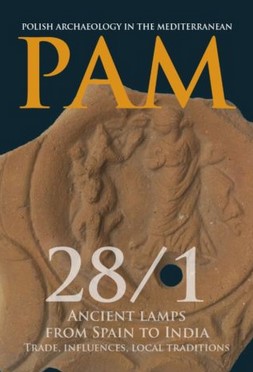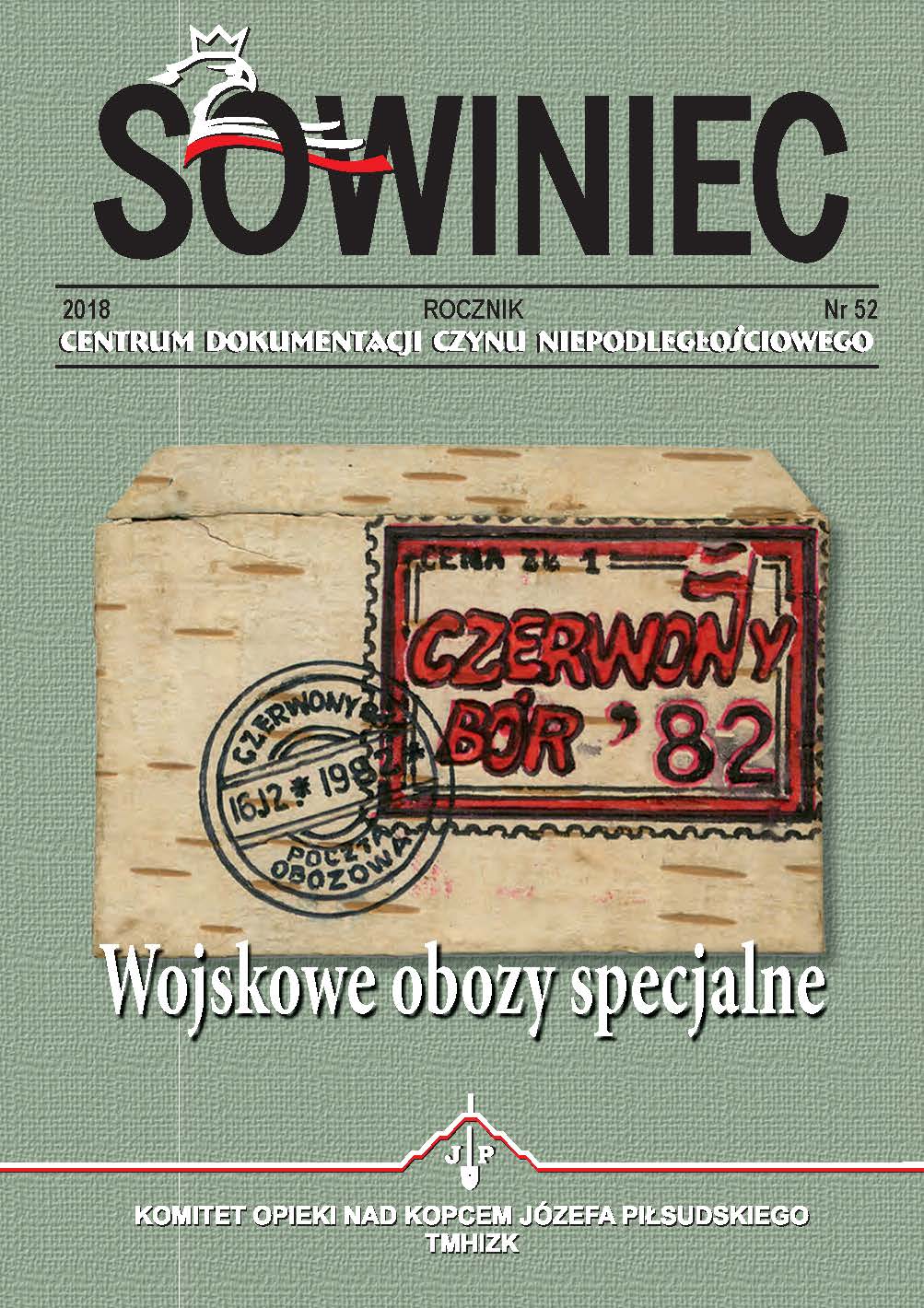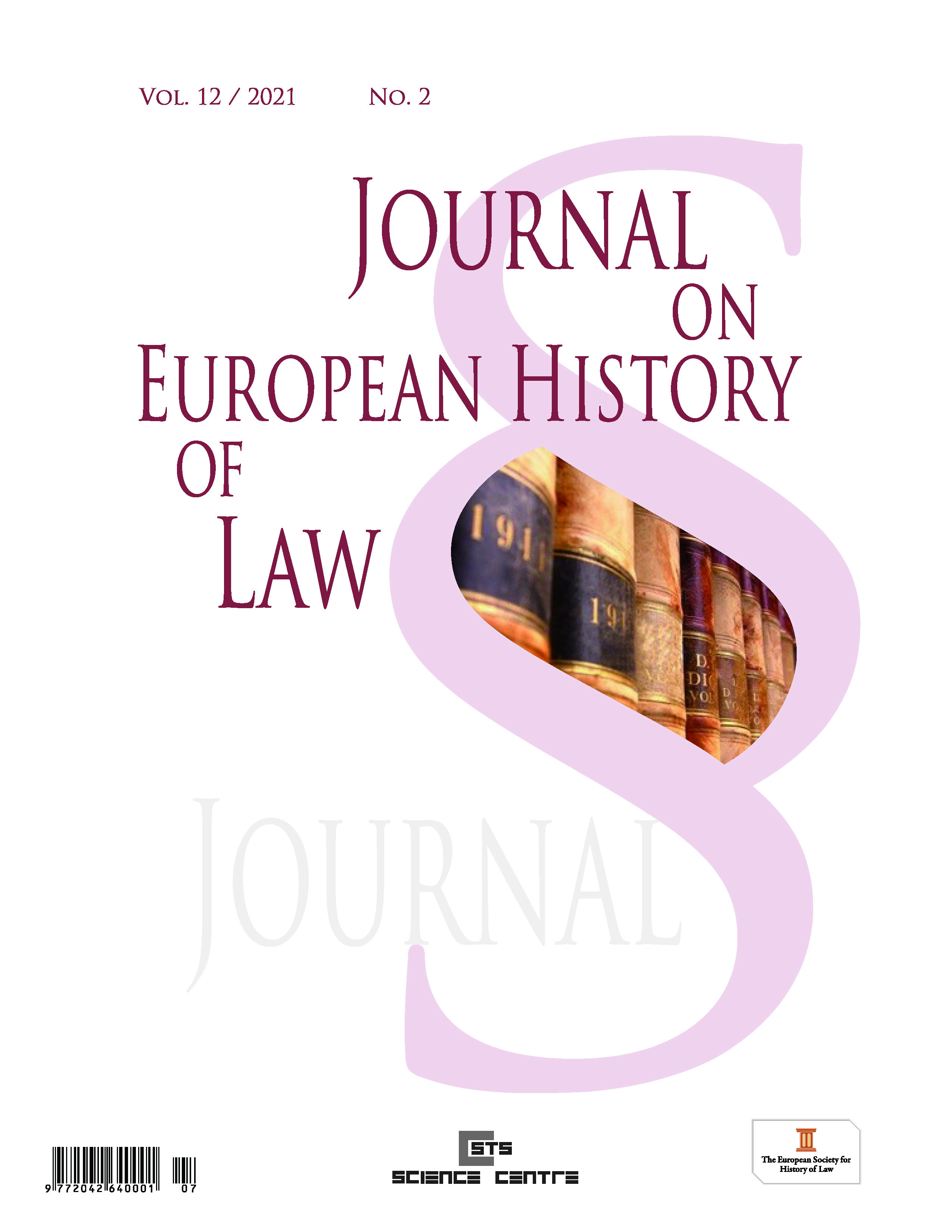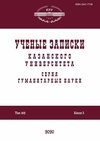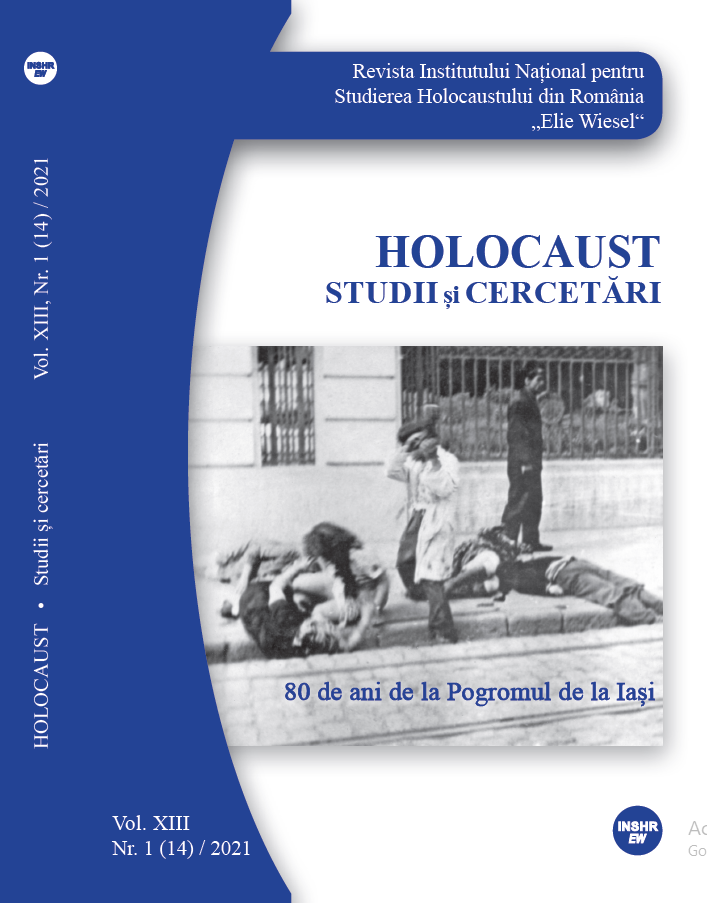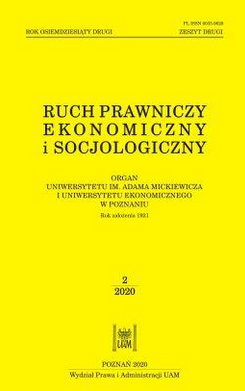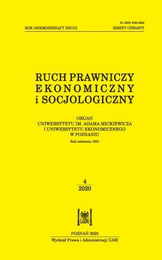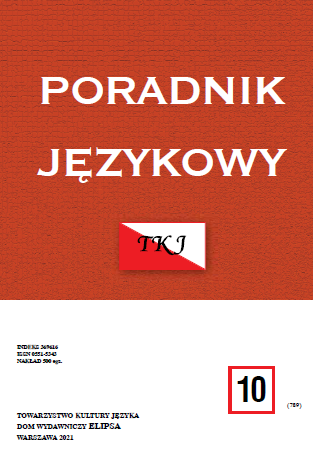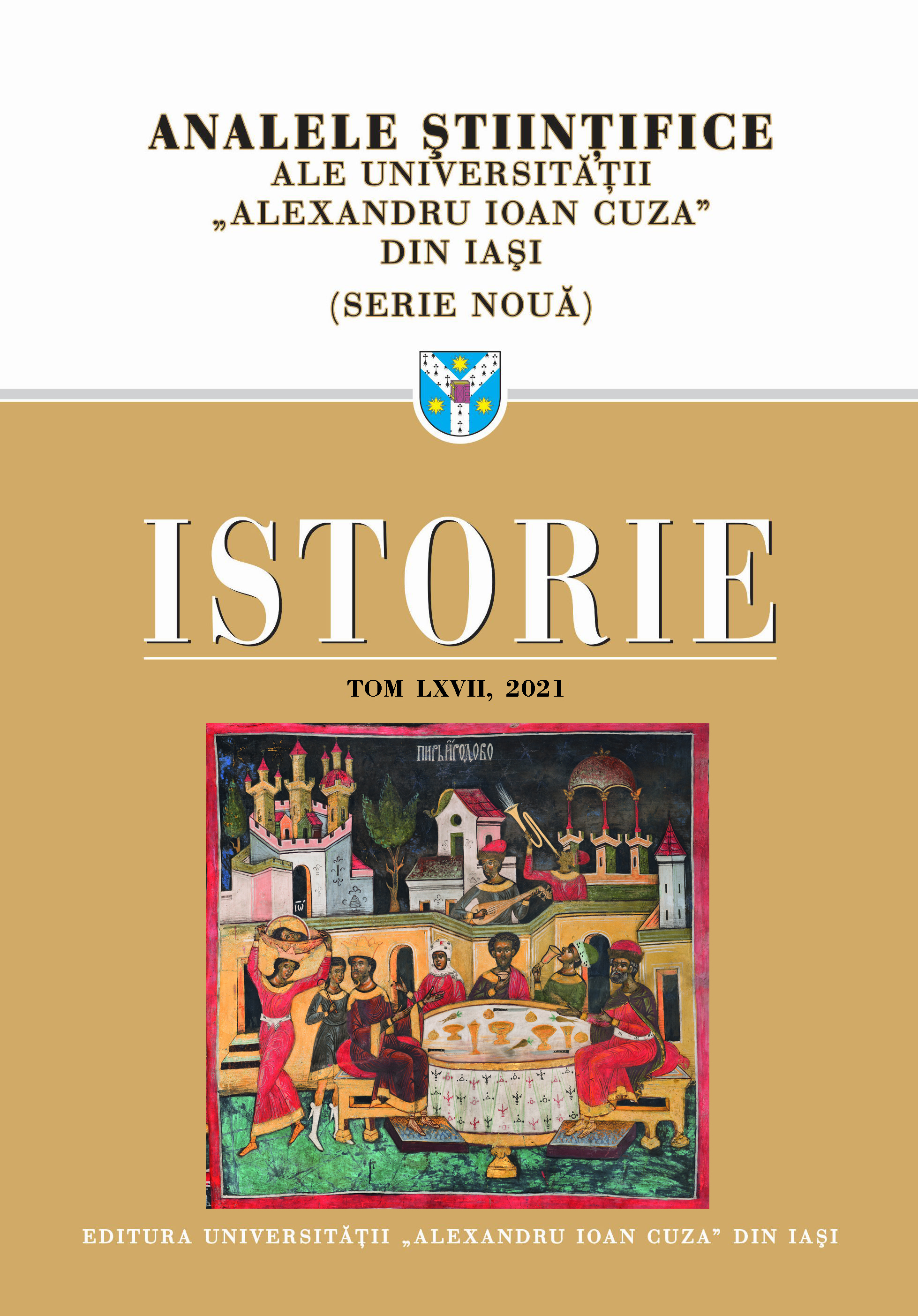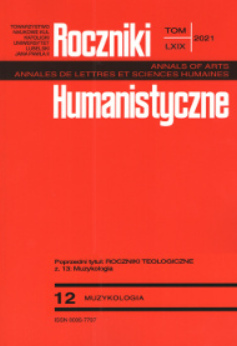Author(s): Zdenko Čepič / Language(s): Slovenian
Issue: 1/2021
The Slovenian state was formed in the “short” 20th century”. Slovenians have atained the state that they now live in gradually, in three steps (in 1918, 1941–45, and 1990–91). The formation of the Slovenian statehood involved cohesion, a sequence of events. Without the atainment of the initial Slovenian statehood, the second step would not have taken place, while the third stage would have been particularly impossible without the second one. Each of the steps towards the establishment of the Slovenian statehood occurred in its own period, subject to various conditions that infuenced the process of the creation of the Slovenian state and the degree of its independence. The frst step was taken at the end of World War I, afer the statelegal ties with the Austro-Hungarian state had been severed due to the international political circumstances and Slovenians joined the State of Slovenes, Croats, and Serbs. This state then “merged” with the Kingdom of Serbia to form the Kingdom of Serbs, Croats, and Slovenes (as of 1929, the Kingdom of Yugoslavia). The second step took place during World War II, afer the former Yugoslav state had collapsed and needed to be restored in new circumstances and with a diferent organisation – which was, during the war, the goal of the so-called bourgeois political camp, the traditional Slovenian political parties, as well as the so-called revolutionary camp or the liberation movement. The third step, however, occurred when the Yugoslav state, organised in accordance with the criteria of the liberation movement that had prevailed during the war, outlived its purpose. All three steps shared the same goal, while the manners of ataining statehood and the atitude towards it varied, depending on the situation and relations between the factors or proponents of statehood as well as on its political or social agents. The formation of the Slovenian statehood in the “short 20th century” was related to the right to self-determination. This right represented the means or the foundation for the construction of statehood during each phase and was understood somewhat diferently during each of the stages of the Slovenian statehood’s formation. Self-determination was an essential condition that made it possible for Slovenians to atain their own state at all –during all three stages of its creation.
More...


